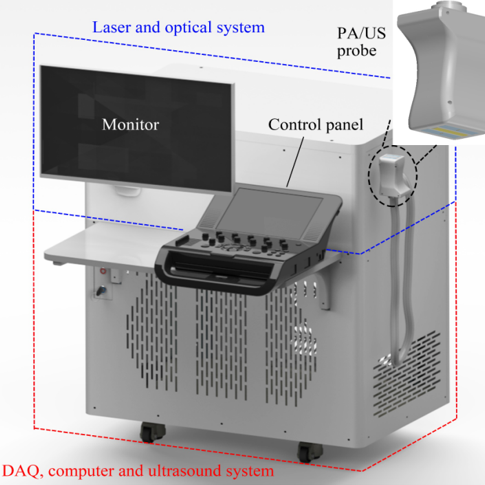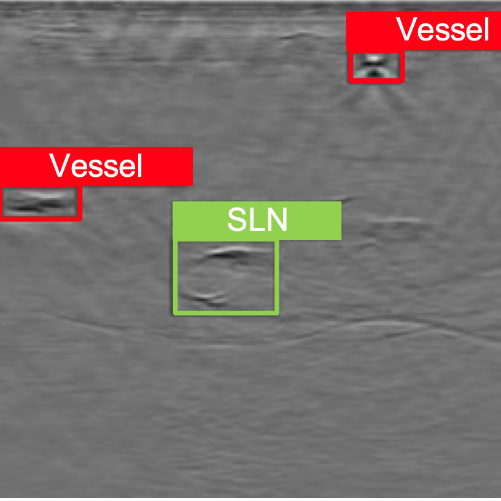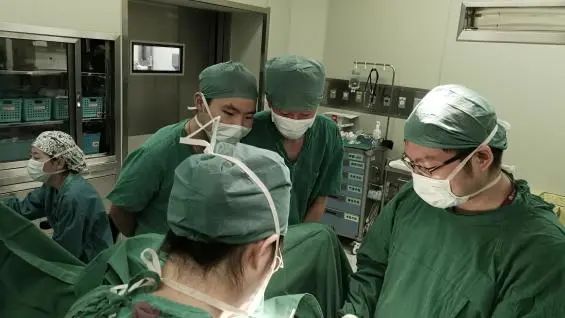Tsinghua University held its first Engineering-in-Medicine Innovation Competition on December 18. Open to all students in the university, the competition was a response to the Made in China 2025 Initiative, which identified biomedicine and high-performance medical devices as one of the nation’s priority sectors. It aimed to motivate and engage students in innovative practices across the fields of medicine and engineering, so as to cultivate professionals needed for the future of healthcare. Despite intense competition with twenty-two other teams, the joint team from the Biophotonics Lab of the Department of Electronic Engineering at Tsinghua and the Department of General Surgery at the Beijing Tsinghua Changgung Hospital finished with the top prize. They won the competition with a project named Sentinel Lymph Node Localization with Photoacoustic Imaging.
The project aims to localize sentinel lymph nodes in the breast using photoacoustic computed tomography (PACT) and a nano-carbon tracer approved by the National Medical Products Administration of China. With new imaging techniques and machine-based automatic recognition, the team has been working toward rapid and high-precision localization of target lymph nodes to better support doctors. The method provides an effective solution to problems such as poor accessibility of radionuclide tracers and large incisions associated with methylene blue staining, a conventional method for lymph node localization. The new method can also reduce the probability of complications such as lymphedema caused by a wide range of lymph node dissection, thereby improving the accuracy of breast surgeries and making these surgeries minimally invasive.


Left: Schematic illustration of the PACT prototype.
Right: Intelligent detection and localization of target nodes based on photoacoustic image features.
The project team spent two years in clinical verification, prototype upgrades, and the development of object detection algorithms, and finally validated the effectiveness of the method through multiple clinical trials and data analyses. The team is currently conducting further research to optimize and verify the method, with support from the Tsinghua University Initiative Scientific Research Program of Precision Medicine at the Institute for Intelligent Healthcare,Tsinghua University. Nano-carbon photoacoustic tracing is expected to be incorporated into clinical operation guidelines in the future as a new imaging method.

The project team at a joint clinical trial
About the Biophotonics Lab at Tsinghua
The lab is part of the smart healthcare team at the Department of Electronic Engineering, which is supervised by Professor Ji Wu. Founded in 2016, the lab specializes in the research and development of cutting-edge biomedical photonic imaging technologies and has achieved a number of outcomes with photoacoustic effects in structural, functional, and molecular imaging of biological entities. Step by step, the lab has now built several world-leading imaging platforms and has established in-depth interdisciplinary cooperation with other organizations. Its research team consists of seven Ph.D. students and eight master’s students, with Associate Professor Cheng Ma as the principal investigator.